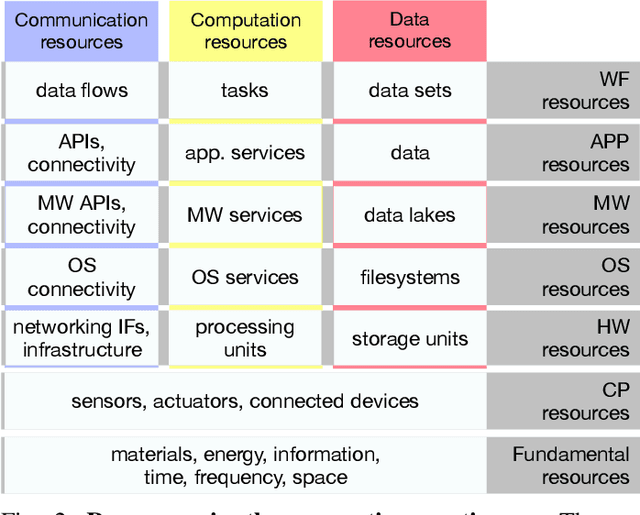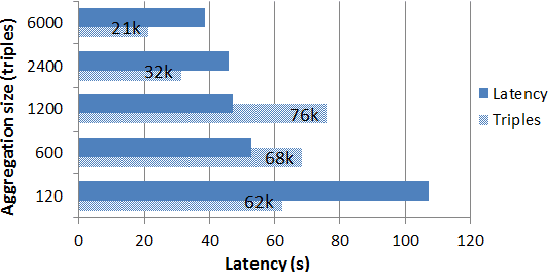Jukka Riekki
Autonomy and Intelligence in the Computing Continuum: Challenges, Enablers, and Future Directions for Orchestration
May 03, 2022



Abstract:Future AI applications require performance, reliability and privacy that the existing, cloud-dependant system architectures cannot provide. In this article, we study orchestration in the device-edge-cloud continuum, and focus on AI for edge, that is, the AI methods used in resource orchestration. We claim that to support the constantly growing requirements of intelligent applications in the device-edge-cloud computing continuum, resource orchestration needs to embrace edge AI and emphasize local autonomy and intelligence. To justify the claim, we provide a general definition for continuum orchestration, and look at how current and emerging orchestration paradigms are suitable for the computing continuum. We describe certain major emerging research themes that may affect future orchestration, and provide an early vision of an orchestration paradigm that embraces those research themes. Finally, we survey current key edge AI methods and look at how they may contribute into fulfilling the vision of future continuum orchestration.
Research and Education Towards Smart and Sustainable World
Sep 29, 2020



Abstract:We propose a vision for directing research and education in the ICT field. Our Smart and Sustainable World vision targets at prosperity for the people and the planet through better awareness and control of both human-made and natural environment. The needs of the society, individuals, and industries are fulfilled with intelligent systems that sense their environment, make proactive decisions on actions advancing their goals, and perform the actions on the environment. We emphasize artificial intelligence, feedback loops, human acceptance and control, intelligent use of basic resources, performance parameters, mission-oriented interdisciplinary research, and a holistic systems view complementing the conventional analytical reductive view as a research paradigm especially for complex problems. To serve a broad audience, we explain these concepts and list the essential literature. We suggest planning research and education by specifying, in a step-wise manner, scenarios, performance criteria, system models, research problems and education content, resulting in common goals and a coherent project portfolio as well as education curricula. Research and education produce feedback to support evolutionary development and encourage creativity in research. Finally, we propose concrete actions for realizing this approach.
Semantic Reasoning for Context-aware Internet of Things Applications
Apr 28, 2016



Abstract:Advances in ICT are bringing into reality the vision of a large number of uniquely identifiable, interconnected objects and things that gather information from diverse physical environments and deliver the information to a variety of innovative applications and services. These sensing objects and things form the Internet of Things (IoT) that can improve energy and cost efficiency and automation in many different industry fields such as transportation and logistics, health care and manufacturing, and facilitate our everyday lives as well. IoT applications rely on real-time context data and allow sending information for driving the behaviors of users in intelligent environments.
 Add to Chrome
Add to Chrome Add to Firefox
Add to Firefox Add to Edge
Add to Edge